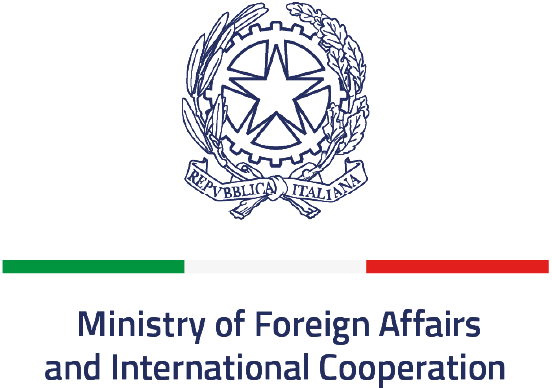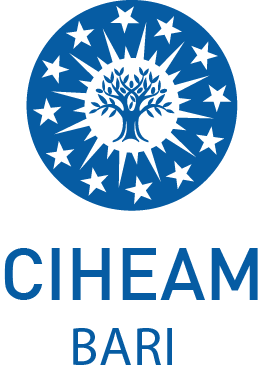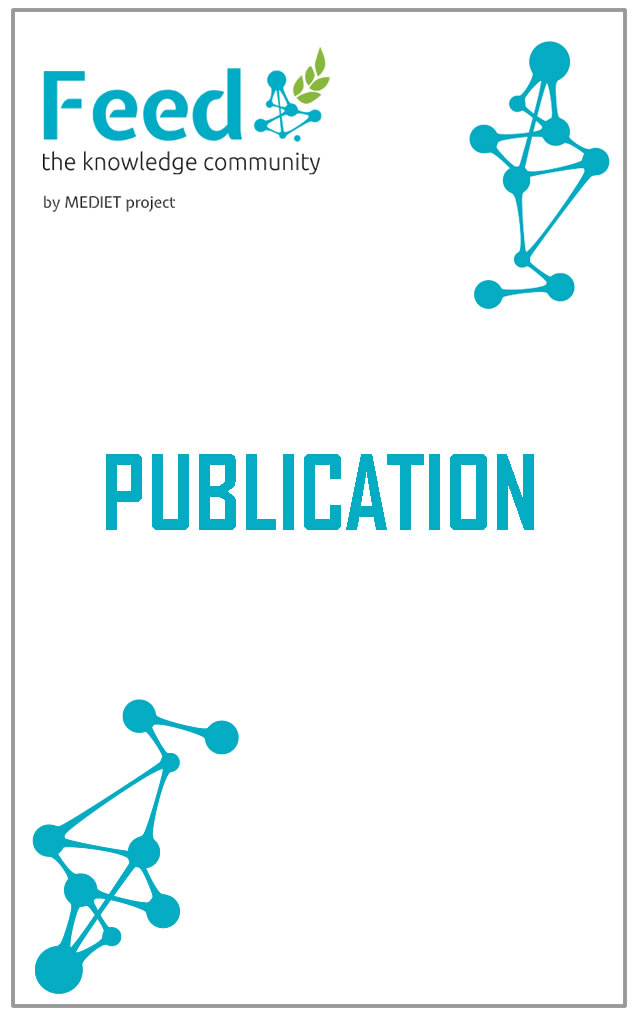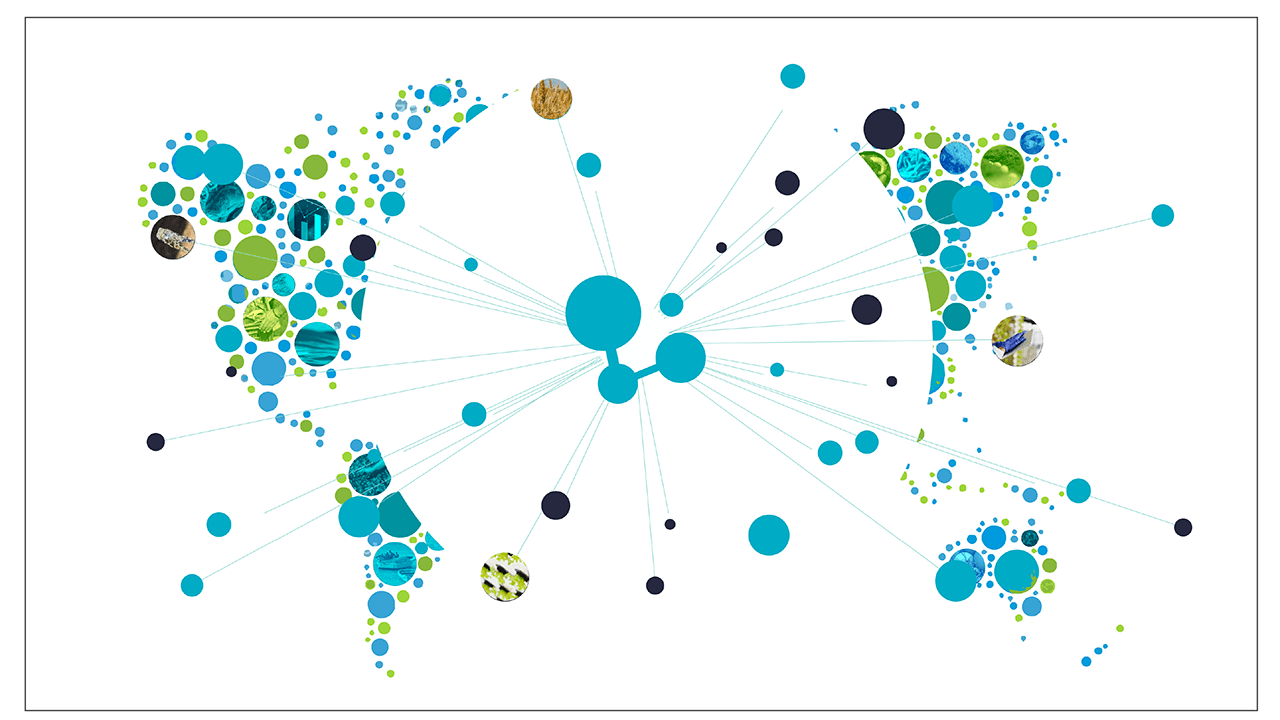PUBLICATIONS
Journal Article
Molecular characterization of Alternaria solani isolates on tomato plant Lycopersicum esculentum Mill
Year:
2019
Author:
Alsouyid Hajer M. , Elamri Nuria A., Duzan Haifa M., Abughania Abdunabi M., Aslougi Ammar K.
You must be registered to see all the content
Early blight disease causes severe damage to the foliar part of solanaceous crops including tomato. Fifteen isolates (12 from tomato, 2 from potato, 1 from pepper) were collected from different sources in Tripoli. Field and laboratory studies were conducted to determine cultural behaviour on PDA medium, morphological, pathogenic and molecular variation between isolates tested. Colonies of isolates revealed variation in their cultural behaviour on PDA medium ranging from cottony to appressed growth, with colour ranging between light to dark olivaceous. The pigments released by the isolates changed the medium colour to grey or brown. Morphological studies of the fungal isolates exhibited short conidiophores bearing a single or chains of paired conidia. This study revealed a significant variation in conidial size for the isolates tested ranging from 23.45 to 46.90 x 7.70 to 14.00 µm. Pathogenicity testes on fruits, plants, and detached leaves of tomato indicated a high significant variation between isolates tested ranging from highly to moderate or weak pathogenic. Genetic diversity of A. solani isolates using RAPD-PCR with oligonuclotide primers revealed significant differences in the appearance of polymorphic and monomorphic banding patterns. Three primers (OPA-07, OPA-09, OPJ-09) out of ten were able to determine the genetic fingerprints of tested isolates. Cluster analysis of RAPD-PCR products showed that primer OPA-07 was able to classify the isolates into five groups: group A (TF4,TF7, TL1, TL3), group B (TF1,TF3, TF8, PEF), group C (TF5, TF6, TF9, POL1, POL2), whereas the remaining two isolates TL2 and TF2 were unique in their patterns and were designated as group U1 and U2 respectively. Primer OPA-09 revealed four distinct genetic groups designated as: group A (TF4, TF6, TF7, TF8, TL2), group B (POL1, TL3, TF3), group C (TF5, POL2) and group D (TL1, TF1, TF2, TF9, PEF). However primer OPJ-09 was able to split the isolates tested into four distinct clusters: group A (TF1, TF7, TL3, PEF), group B (TF3, TF8, POL2), group C (TF2, TF6, TF9, TL2) and group D (TF4, TF5). The results of RAPD-PCR demonstrate existence of considerable variation in molecular characteristics of A. solani isolates. Accordingly these isolates were classified into different groups and unique patterns with no obvious association between the pattern of clustering of the isolates and their host of origin, morphological characteristics and pathogenicity.
Secondary Author:










.png)
